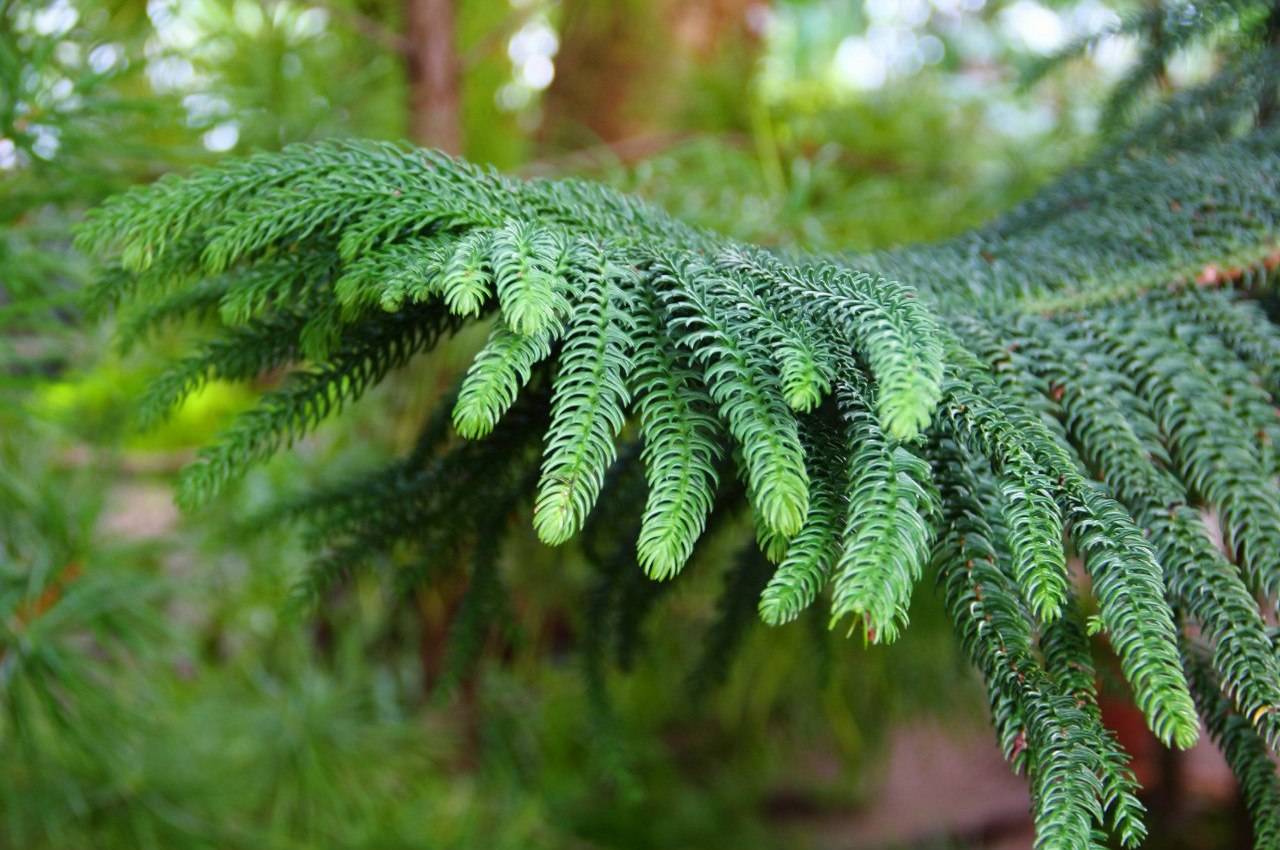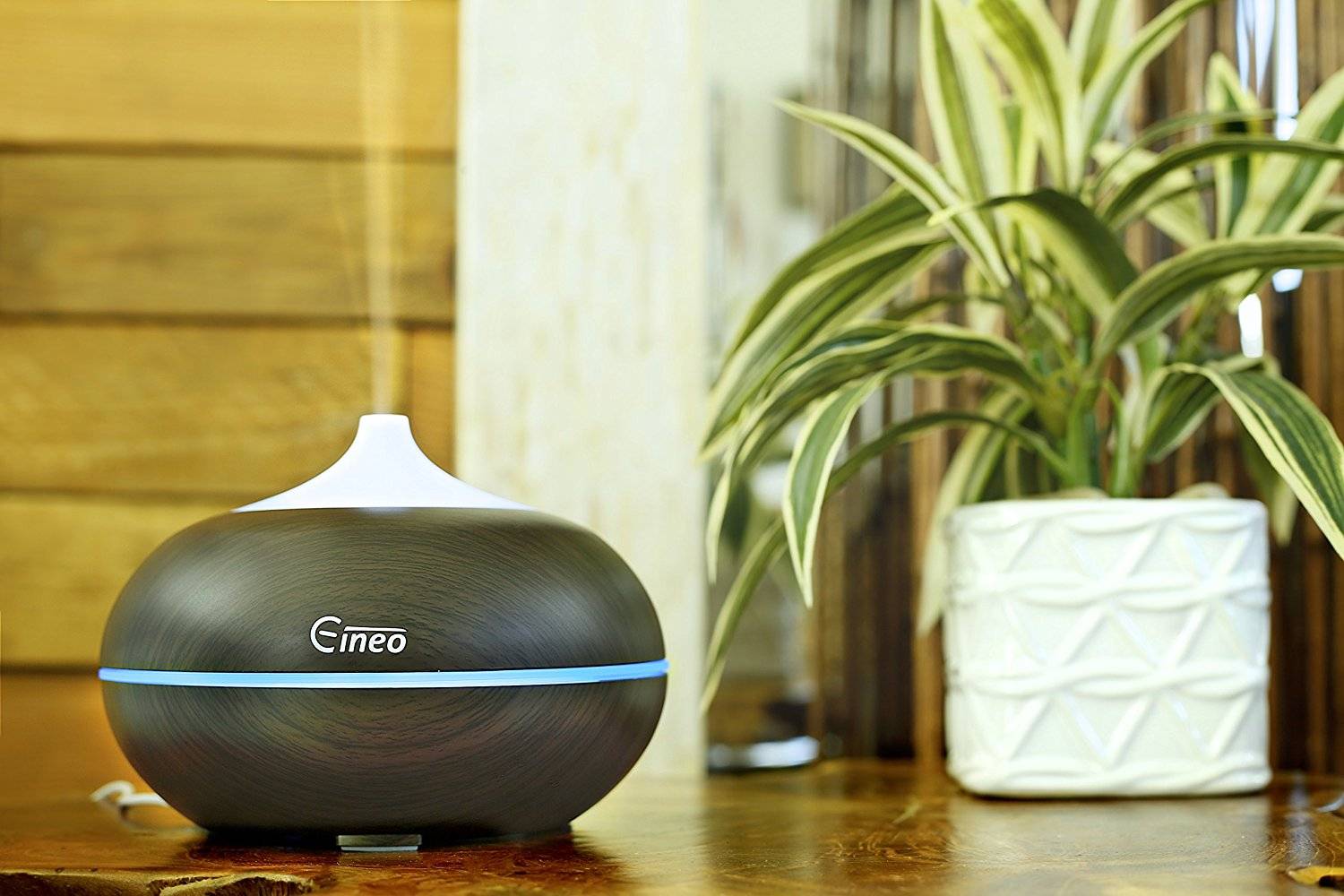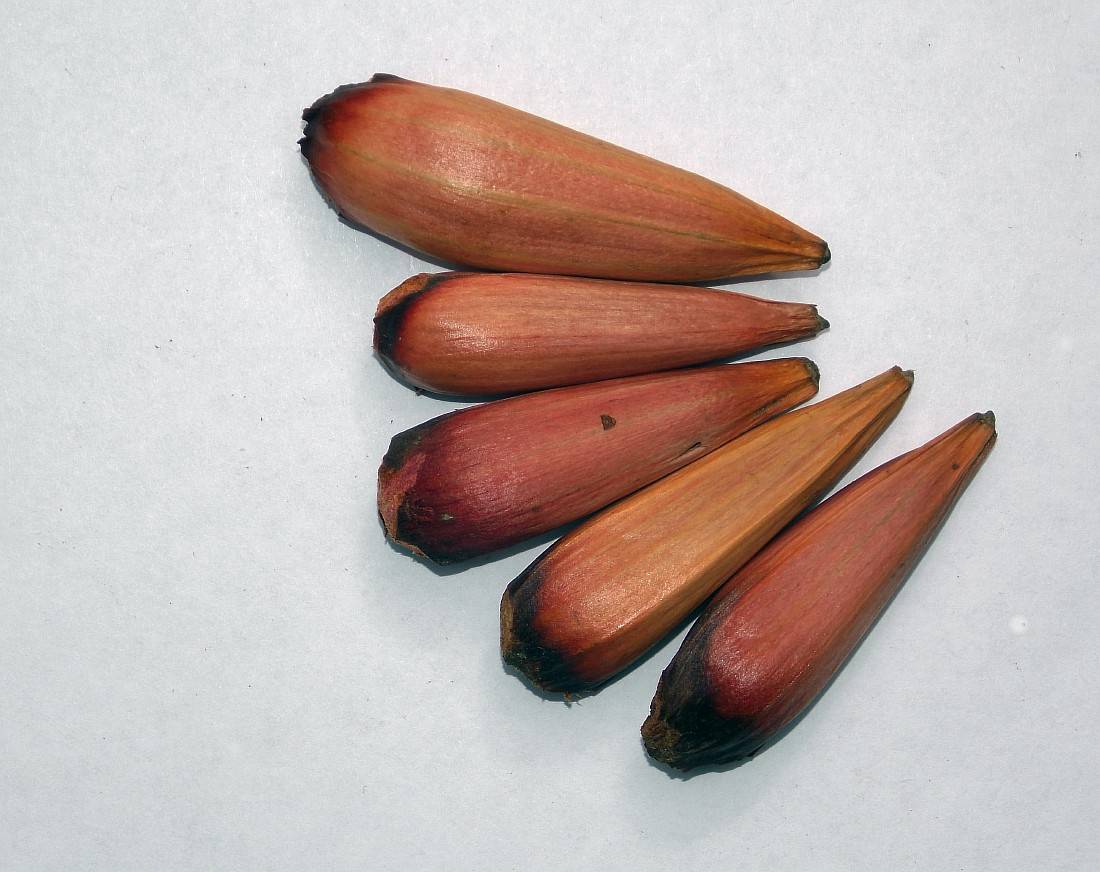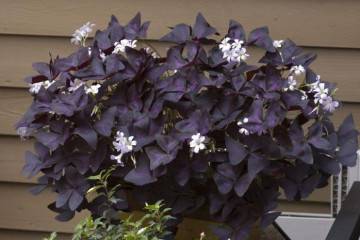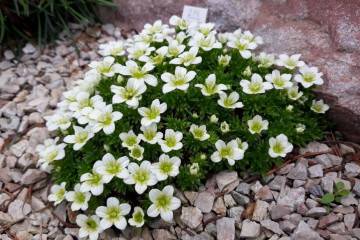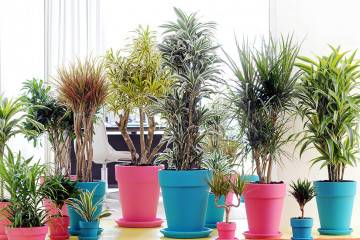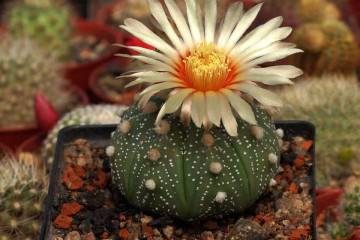Indoor araucaria - planting and home care
Content:
Indoor araucaria is a plant native to Australia and South America. At first glance, this flower with tough needle-like leaves resembles spruce branches. The seeds of the plant in the form of nuts are sometimes eaten, and the wood is used to make furniture. In its natural environment, araucaria is a tree, but today it can often be found in the homes of compatriots, since it does not require special growing conditions.
What does indoor araucaria look like?
The plant belongs to the Araucaria family. This group includes about 14 plant species. In general, araucaria is a coniferous tree, which in natural conditions grows up to 55 m in height.
The branches of the plant are rough and densely covered with light green needles. A pronounced scent of resin is felt around it.
The coniferous plant does not bloom, but forms spherical fruits that look like large nuts.
An adult tree cannot boast of aesthetics, since a half-naked trunk is clearly visible. Indoor views are prettier. They grow in the correct pyramidal shape. They fit well not only in the interior of the apartment, but also in the gardens.
Araucaria is a plant with a dark brown trunk, the needles are painted in a light green shade. The needles are soft, located on the branches in a spiral. Small needles are bent upward, so the branches of the plant have a fluffy appearance.
Common varieties
Araucaria varifolia is one of the most common types that are grown at home. In the wild, such a "spruce" can reach 60 m, while the trunk diameter is 1 m.
Brazilian araucaria (narrow-leaved) differs from other species with its branches that hang down, as well as leaf plates. The leaf can grow up to 5 cm. In natural conditions, the plant reaches a height of 50 m. This araucaria with valuable wood and edible fruits. Such a tree can be grown in greenhouses.
Araucaria heterophylla is native to South America. The plant takes root well in homes, but does not tolerate prolonged exposure to sunlight. To maintain such a house tree, it is necessary to choose places with good shade.
The Chilean araucaria boasts a wide pyramid-shaped crown that begins at the surface of young plants. With age, a flat umbrella is formed, located at the crown of the head.
Araucaria bidvilla is an evergreen tree with thorns, the length of which is from 2 to 7 cm. Otherwise, this variety is very similar to the standard variegated.
Indoor araucaria - home care
Indoor araucaria is similar to a spruce. Despite the fact that it is unpretentious in natural conditions, this tree is very demanding when maintaining a house. For normal development, it is necessary to provide araucaria with a suitable environment, soil, watering and protect from diseases.
Temperature
Home araucaria must grow in certain temperature conditions. In summer, the value should be between 22-24 ° C, and in winter 17-19 ° C.It is necessary to provide coolness in winter in order to suspend the growing season and provide such a "fir-tree" with peace.
Lighting
Taking care of a tree is not difficult if you distribute the lighting correctly. The coniferous plant loves light, but does not tolerate direct rays.
In the warm season, araucaria is often taken outside. In this case, it is necessary to select a darkened place that is also protected from rain.
It is best if the light hits the coniferous tree from both sides. Thus, the plant develops evenly.
Watering
Araucaria is not a flower, but it also needs to be watered with settled water.
In summer, it is advisable to make sure that the plant does not begin to dry out. It is advisable to provide abundant and systematic watering. At the same time, water stagnation in the roots should not be allowed.
In winter, the amount of liquid is reduced, especially if the plant hibernates in the cold.
Humidity
When keeping a house, it is necessary to ensure high humidity. Spray warm water on the branches 2-3 times a day. This will help prevent branches and needles from falling off.
Priming
It is necessary to choose a loose and breathable soil. A slightly acidic soil and nutrient mix is excellent.
You can make the soil for araucaria yourself. To do this, take sod land, perlite, peat and leaf mixture. The components are mixed thoroughly. A house plant can be transplanted into the finished soil.
Some people prefer to purchase a ready-made substrate for conifers.
Top dressing
A coniferous tree needs feeding every 2 weeks. This procedure is repeated in spring and summer.
It is recommended to purchase special mixtures for conifers or rhododendrons. Products should be selected with a minimum amount of calcium. The dosage indicated on the package must be reduced by 2 times. In winter and autumn, feeding is not carried out.
Pruning
At home, this ephedra does not grow to large sizes. The optimal height for a houseplant is considered to be 1.5 m.
The peculiarity of araucaria is that if you cut off the top, it will stop growing. This procedure is carried out if you wish to completely stop the growth of the tree or, if you wish, to propagate the plant by cuttings.
How indoor araucaria reproduces
Araucaria can reproduce at home in two ways: cuttings or seeds.
Cuttings are usually carried out in July-August. The crown of the crown is used as a starting material for planting. If it is not possible to cut off the cutting from the top of the plant, then side shoots are used.
The procedure for propagation by cuttings:
- A shoot is cut from the tree.
- The juice that has emerged is carefully wiped off, and the seedling is dried.
- The cut is sprinkled with charcoal and left for a day to heal the wounds.
- Then the seedling is treated with any rooting agent.
- Finally, the substrate is prepared.
By about November, the cuttings are fully rooted and can be transplanted to a permanent place.
Seed propagation is more painstaking and long. Sowing of seedlings is done from April to June.
First of all, a nutritious soil is prepared from peat, humus and sod. The substrate is poured into pots, into which the seeds are then placed.After planting, cover the soil with moss and remove the pots in a room with a temperature of 17-21 ° C.
Transfer
Araucaria does not tolerate transplantation very well. It is best to perform the procedure in the spring, when the root system completely encircles the lump. During the transplant, a medium-sized pot and a special substrate are used.
Pests and diseases
Often, pests affect the plant when transferred to the street or balcony. Aphids, spider mites or mealybugs may appear on the branches. The first signs of pests will be the dropping and drying of the needles. In this case, it is recommended to carry out the treatment with an insecticidal agent.
Of the diseases, araucaria can suffer from chlorosis. In this case, the needles lose color or turn yellow. For treatment, it is necessary to move the flower to a place without drafts, increase the temperature and normalize watering. Be sure to use supplements with zinc, iron and magnesium.
Signs and superstitions
Many people associate araucaria with a plant that enhances energy. According to flower growers, the tree captures the characteristics of the owners and can help normalize health, improve emotional state and activity.
Araucaria, which is not too difficult to care for, is gaining more and more popularity among indoor plants. This tree is striking in its strength and beauty. It is easy enough to propagate it, which means that a conifer lover can easily get a seedling if desired.
